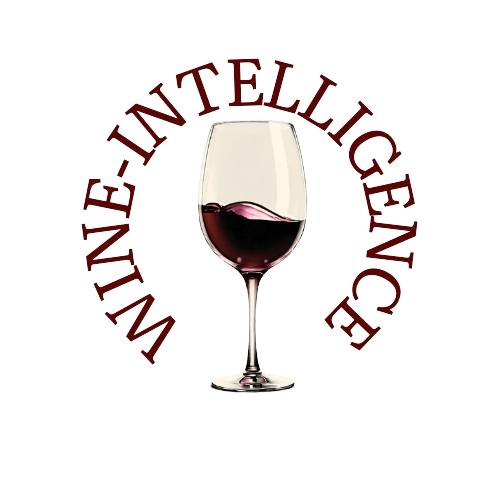Today, food and wine pairing has become an exacting science, rooted in sensory analysis, molecular chemistry, and strategic application.
The “Technical Report on Food and Wine Pairing”, released on June 12, 2025, by leading researchers and wine professionals, presents a comprehensive and highly technical view of the current state and future potential of pairing science.
From Tradition to Precision: A Modern Evolution
The report traces the evolution of wine pairing from empiricism to a rigorous, evidence-based discipline. For professionals—oenologists, sommeliers, importers, and producers—pairing is no longer just a service skill. It is now a strategic tool for differentiation and value creation across the wine value chain.
Where once simplistic notions prevailed, today pairing is grounded in sensory science, molecular interaction, and even neurogastronomy. Understanding how wine and food components interact on the palate, and how variables like tannin structure, acidity, and aromatic profiles influence perception, is crucial for designing optimal gastronomic experiences.
Sensory Science and Structured Methodology
Chapter 1 of the report outlines the fundamentals of sensory analysis, the backbone of any technical pairing. It discusses:
- Controlled testing environments in accordance with ISO/OIV standards
- Standardized tasting procedures across visual, olfactory, gustatory, and tactile phases
- The role of trained tasting panels in producing consistent, reproducible evaluations
- The importance of a shared technical vocabulary to describe wine attributes and defects
In parallel, it explores the sensory properties of food—including taste, aroma, texture, and trigeminal sensations—and how they interact with wine. A detailed matrix of interactions explains, for instance, how umami or sweetness in food can increase perceived bitterness and astringency in wine, or how salt can soften tannins and enhance body.
Molecular Pairing: The Scientific Vanguard
Perhaps the most groundbreaking section lies in Chapter 3, which delves into molecular pairing—a concept popularized by François Chartier. This cutting-edge field identifies shared dominant aromatic compounds between wines and ingredients to create scientifically harmonious pairings. Notable insights include:
- Case studies with molecular analyses using GC-MS and GC-O techniques
- Tables linking wines to specific food ingredients and their shared volatile molecules
- Practical examples like Champagne with peach mousse (γ-Undecalactone) or Pinot Noir with clove-spiced lamb (Anethole)
This approach moves pairing from subjective art toward objective design, where chemistry becomes a map for creativity and innovation.
Strategic Applications and Market Integration
Pairing is not just a culinary exercise—it is a commercial strategy. The report emphasizes practical applications in:
- Winemaking: Designing wines with pairing potential through control of acidity, tannins, and aromatics
- Hospitality: Curating wine lists and staff training to enhance guest experience and product rotation
- Marketing: Using pairing as a storytelling device in brochures, digital campaigns, and tastings
Additional strategies covered include pairing by contrast vs. affinity, regional terroir-based pairing, seasonal strategies, and detailed recommendations for pairing by wine type—from robust reds to sparkling wines and dessert wines.
Emerging Frontiers: AI, Genetics, and Sustainability
Looking ahead, the report forecasts future trends such as:
- AI-based pairing algorithms using molecular and sensory data
- Genetic-based personalization of pairing preferences
- Integration of sustainability principles, emphasizing local and seasonal products
These developments suggest a move toward hyper-personalized and data-driven pairing, supported by continuous research and experimentation.
Conclusion: The Art-Science Synergy
The final message of the report is clear: food and wine pairing is no longer confined to tradition. It is a discipline of precision, blending scientific rigor with creative intuition. For professionals in the wine and gastronomy sectors, mastering this knowledge means not only elevating the consumer experience but also shaping the future of how we connect with taste.
Source: Vinetur

